5G NR RedCap: The Advanced IoT for 5G Network
5G-NR (New Radio) is a rapidly developing technology that offers reliable and faster connectivity for various IoT applications. The RedCap enhancement, the adherence to growth timeframes for new chipsets, and the implementation of necessary changes to operator networks will result in the introduction of the earliest commercial RedCap devices to the market in 2024. However, few mid-tier IoT applications require a small form factor, longer battery life, less complexity, etc. Accordingly, 3GPP Release 17 includes the reduced capability for NR devices (NR-RedCap), which fills the capability and complexity gap between medium-throughput and low latency, cost, complexity, and power needs.
In this article, we have covered some key areas of 5G NR-RedCap technology, such as the shortcomings of 5G—NR that led to NR-RedCap, the comparison of parameters and its evolution according to 3GPP releases, its use cases, key ongoing research areas, and its market adoption.
Shortcomings of 5G NR That Prove The Need for RedCap
The midrange IoT applications like smart grids, video surveillance, industrial automation, sensor networks, telematics, wearables, etc., require data rates higher than LTE-M or narrowband IoT (NB-IoT) but lower than eMBB, connectivity performance, and battery life, that 5G-NR specifications are unable to support these applications. Since many IoT use cases have blind gaps even in areas where coverage is available, 3GPP Release 17 introduced a new tier of 5G NR specifications: 5G NR Reduced Capability (RedCap) devices, also known as NR-Light, to address these gaps.
What is 5G NR RedCap?
NR-RedCap is a 5G-NR technology standard for a set of technologies that bring 5G-NR benefits to IoT, such as the latest air interface, spectrum offerings, intelligent network architecture, etc. NR-RedCap supports reduced capabilities, fewer complexities, lower cost, and better battery life for IoT devices that do not require the full capabilities and performance of 5G-NR.
The various requirements leading to the development of RedCap are encompassed below:
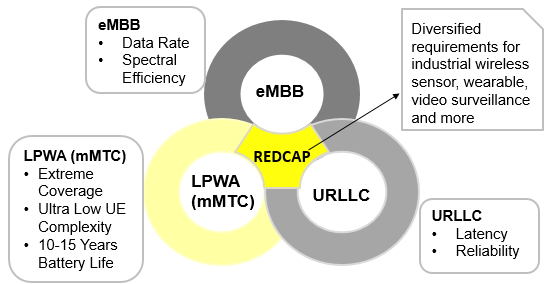
Figure 1: RedCap fits into the 5GLandscape
The new RedCap device platform utilizes an improved design to permit constrained 5G network usage. Based on performance and complexity, it is positioned above LTE-M and NB-IoT but below eMBB and URLLC. Its power consumption and cost are higher than that of the Low Power Wide Area (LPWA) but considerably lower than that of eMBB, while its bandwidth and bit rate are lower than eMBB but much higher than LPWA.
The various requirements that are leading to the development of RedCap are shown below:
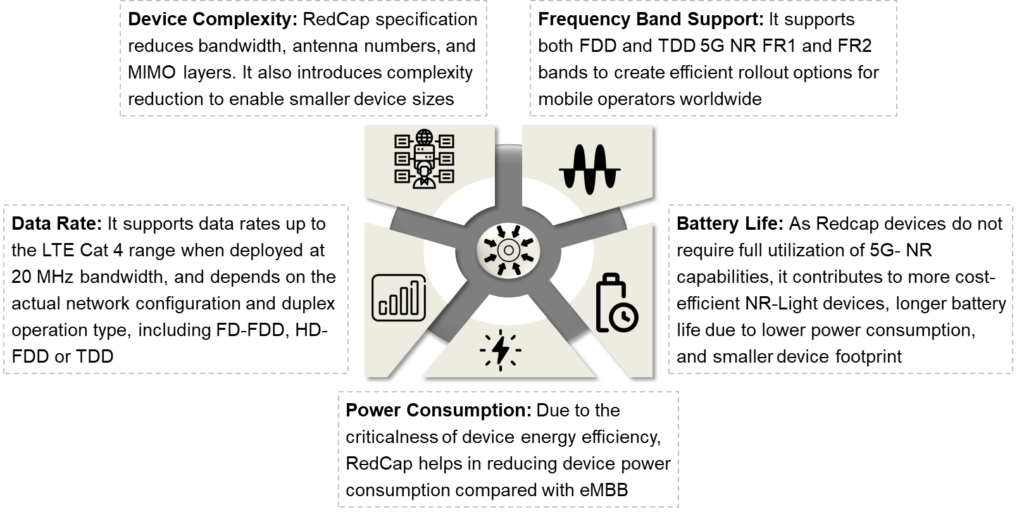
Figure 2: Device requirements leading to RedCap
Comparison of Device Capabilities Based on Releases
The table below highlights the detailed capabilities of the devices and their development. The RedCap enhancement, along with adhering to growth timeframes for new chipsets and implementing necessary changes to operator networks, will lead to the market introduction of the earliest commercial RedCap devices in 2024.
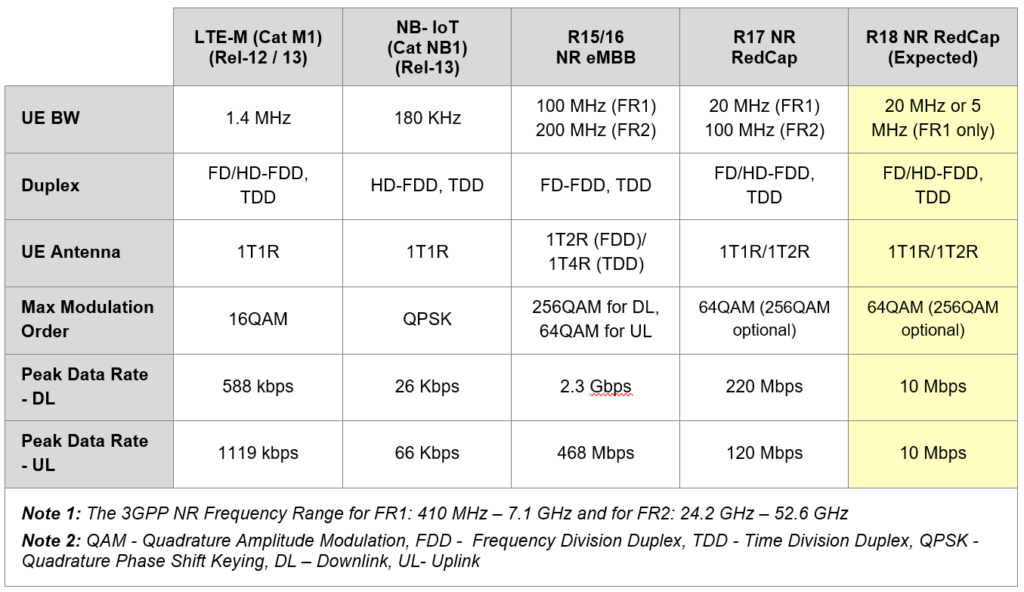
Table 1: Comparison of devices based on releases
NR RedCap Evolution According To 3GPP Release 17 and 18
The below figure summarizes the 3GPP objectives related to NR RedCap in Rel17 and highlights the planned enhancements in Rel18. Further, the other new device features, apart from the one mentioned in Fig 2, are also disclosed below:-
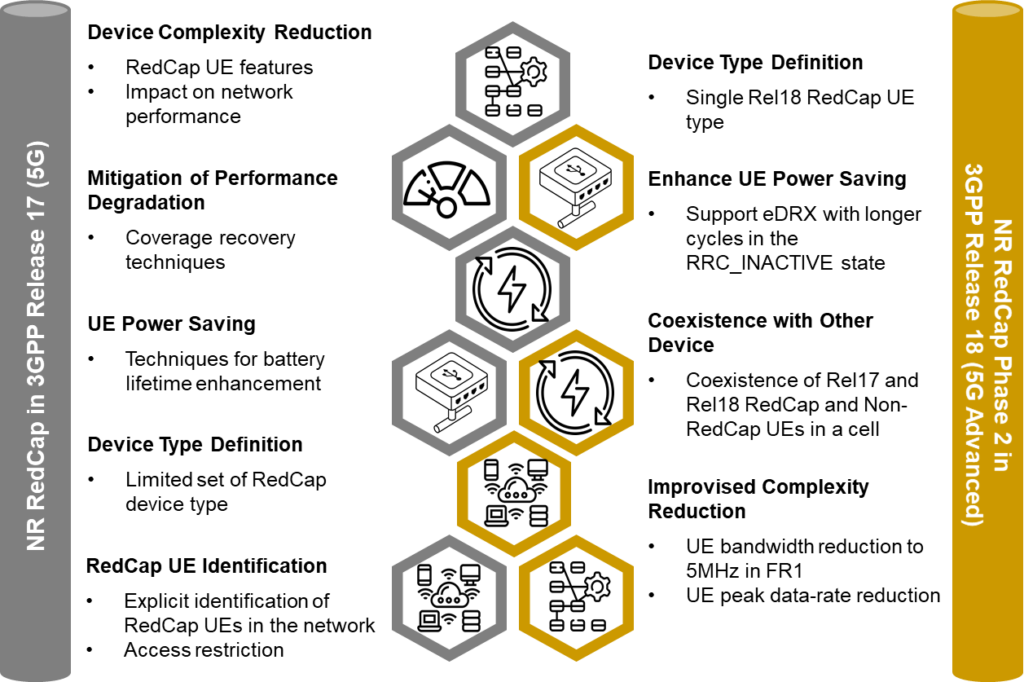
Figure 3: Evolution of the NR RedCap through the latest 3GPP releases
Other New Device Features introduced in Release 17 RedCap:
- Rel17 is introducing a host of new key device features, which target data rates of a few hundred Mbps for RedCap devices.
- Rel17-based RedCap allows 5G modules to be more power efficient.
- Dynamic repetitions and higher transmit power will improve coverage for RedCap devices.
RedCap Scaling Up Capabilities To Fit With Other 5G Use Cases
To overcome specification challenges like over-dimensioned, cost, ultra-low latency, complexity, and performance requirements and to improvise the existing use cases, RedCap was developed. It integrated more robust connectivity to products like smartwatches, asset trackers, and industrial cameras.

Table 2: 5G NR-RedCap Use Cases
For example, in the case of asset tracking, the NR-RedCap connectivity boosts the refresh rate of uploaded data, allowing for better real-time location services. In the case of industrial cameras, AI integration with NR-RedCap at the network edge offers enhanced object detection, enabling applications such as crop health monitoring or connected sensors for smart cities.
Ongoing Research In RedCap
- Uplink (UL) Performance Enhancement of NR Redcap: Due to radio frequency and baseband capabilities reductions, RedCap for IoT devices also faces a decline in UL performance. The larger routes and penetration losses at higher frequencies tuned at mid-band IoT devices also affect the uplink performance.
Researchers are concentrating on leveraging the use of various frequency bands in UL transmission by adopting strategies like dual connectivity (DC), carrier aggregation (CA), and supplemental UL (SUL) to improve NR RedCap operations. Also, for RedCap device’s cost and power consumption reduction, several device complexity reduction techniques have been introduced in 3GPP TR 38.875, such as reduced user equipment (UE) bandwidth, the limited number of UE receiver (Rx) branches, half-duplex FDD operation, relaxed processing time, and reduced UE processing capability.
- Battery lifetime enhancement: To enable a longer battery lifetime, the following power-saving techniques were presented (or enhanced) for RedCap devices in Release 17:
- Extended DRX for Radio Resource Control (RRC) idle and inactive states: RedCap uses extended discontinuous reception (eDRX) as a power-saving simplification method. In the RRC idle state and up to 10.24 seconds in the RRC inactive state, or when the device disconnects from the network, RedCap increases eDRX cycles. Compared to a non-eDRX case, the battery life increases dramatically by 10 to 70 times.
- Radio Resource Management (RRM) relaxation for stationary devices: RedCap introduced flexible RRM requirements for devices that are not located at the cell edge and an RRC idle and inactive state, which allows the UE to make small data transmissions without transitioning the RRC-connected state. These enhancements save power and extend the battery life of RedCap devices.
Enhancing the Coexistence with other NR devices
- Identification of RedCap Devices: In a cell supporting both RedCap devices and other NR devices, the network calculates the minimum capabilities of RedCap devices and then schedules all devices accordingly. To subdue this limitation for efficient utilization of network and device resources, Rel17 introduced an indication to determine, during the random-access procedure, whether the device has reduced capabilities compared to legacy (or outdated) devices.
- Avoidance of Physical Uplink Shared Channel (PUSCH) Resource Fragmentation: As the initial bandwidth parts (BWPs) configured for regular NR devices in the cell are too wide for RedCap devices, Release 17 supports separate RedCap-specific initial UL and DL BWPs configurations. However, the separate UL/DL BWP placed near the middle of the carrier will cause PUSCH resource fragmentation for other devices.
To subdue this problem, Rel17 supports disabling PUSCH frequency hopping on the separate initial UL BWP for RedCap devices and potentially configuring the separate initial DL BWP without the presence of the synchronization signal and PBCH block (SSB) and the CORESET#0. These enhancements enable the placement of the separate UL/DL BWPs near the carrier edge, thereby avoiding the PUSCH resource fragmentation issue to a greater extent.
Future of RedCap with Potential Evolution of Release 18
The research groups, such as 3GPP, ETSI, and others, are working on RedCap Rel18 (NR Advanced) specifications to expand its use in many IIoT and IoT applications to enrich the market.

Figure 4: 3GPP Rel18 Phase 2 Expansion
Market Adoption of RedCap
The RedCap adoption in the market is evolving rapidly, as prominent players have already started working to provide varied RedCap applications. The following section will emphasize prominent players and their market activity.
Market Players Activities
- Qualcomm introduced the “5G NR-Light” Modem-RF System:
- The Snapdragon X35 NR-Light device has a smaller form factor, is more cost-efficient, has higher power efficiency, and provides longer battery life than traditional modem devices.
- It offers a device platform that combines robust capability and low complexity with optimized performance and a streamlined footprint, enabling OEMs to create compact devices to harness and expand the 5G network.
- Fibocom Introduces the FG132-NA RedCap Module Series towards Mid-tier 5G IoT Connectivity:
- The series adopts the essential 5G characteristics of spectrum utilization and network dependability while vastly enhancing energy efficiency performance to increase IoT variety.
- It features 5G slicing, an Open CPU with OpenWRT software, and a simpler hardware architecture that allows up to 220Mbps downlink speed and 100Mbps uplink speed.
- Ericsson unveiled a new Reduced Capability RAN software to drive the RedCap Ecosystem:
- The solution is a software addition to 5G standalone (5G SA) networks without hardware requirements.
- The solution supports both FDD and TDD spectrum (low and mid-band), having a maximum channel bandwidth of up to 20 MHz and other specifications.
- Keysight introduces E7515B UXM 5G Wireless Test Platform:
- The platform supports 5G Release 17 RedCap with legacy CIoT technologies, including NB-IoT, LTE Category M, and LTE Cat-1bis.
- It provides small data transmissions, power-saving improvements, and uplink coverage enhancements.
Prominent RedCap Players
The major players covered in the 5G RedCap Module market.
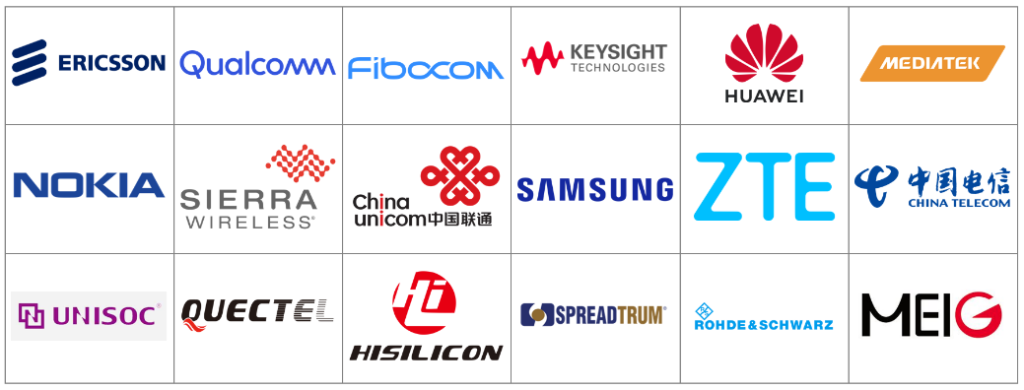
Figure 5: Leading Players of NR RedCap
Limitations of 5G NR RedCap
While RedCap offers several advantages, one must consider specific limitations such as cost, availability of network coverage, and others.
- Time Consumption: Before release, accredited labs need to perform time-consuming and expensive certification for RedCap devices. The testing will give them sufficient time to determine and correct design errors if any occur.
- Network Infrastructure: Mobile operators must invest in their 5G networks to support 5G RedCap. It will take a few years to extend the RedCap network to a wide area.
- Cost: To justify the value created by the product’s selling price, you must reconcile the cost of the solution with a valid business model.
Conclusion
The focus on the importance of 5G RedCap and its implementation, developed to address the constraints uncovered in mid-tier IoT applications and connected devices, helps in many ways. With the evolution of the 3GPP Rel17 specification, NR-RedCap presented the industry with a new set of design rules and a more well-rounded set of capabilities. However, this new technology will still need wider adoption in the coming years, possibly with the Rel18. Thus, we should look forward to 3GPP developments and their potential implications for implementation in other IoT use cases.



